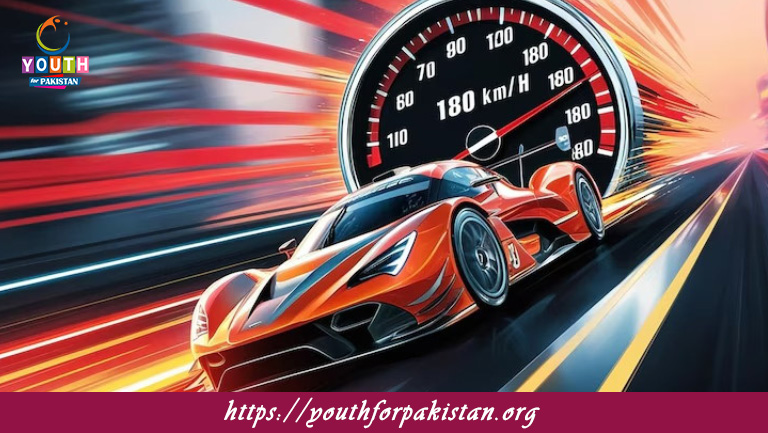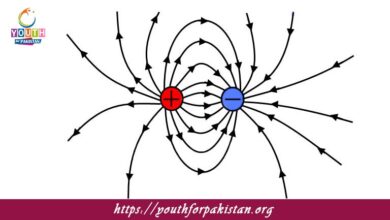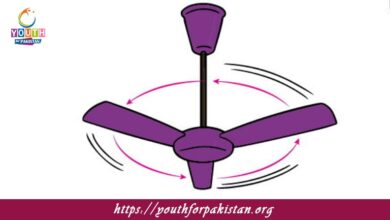Acceleration MDCAT Quiz with Answers

Acceleration is a very important concept in physics and forms an integral part of the MDCAT Quiz preparation for both medical and dental students. It basically means how the velocity of an object is changing with time. Acceleration is a vector quantity, and hence, it has magnitude as well as direction. Whether speeding up, slowing down, or changing direction, understanding acceleration goes a long way in solving a variety of motion-related problems in the MDCAT exam. Mastering this topic will help one have more confidence when approaching questions based on velocity, displacement, and forces.
Understanding Acceleration in Motion
Acceleration may be defined mathematically as the change in velocity divided by the time taken for that change. It can occur in different scenarios, either uniform acceleration, where the rate of change of velocity is constant, or non-uniform acceleration, where the rate of change of velocity varies. Common examples of accelerated motion include a car speeding up on a highway or an object in free fall.
MDCAT Quiz: Acceleration Questions
In the MDCAT Quiz, there are questions in which students are asked to calculate acceleration in various situations. Mostly, these questions involve objects moving with uniform or variable acceleration; therefore, one must be careful in applying the appropriate equations of motion, depending upon the information given. For example, questions may ask for the calculation of an object’s acceleration under the influence of gravity or the acceleration of a vehicle. Therefore, practice in the MDCAT Quiz on acceleration will bring perfection in attempting and solving problems related to acceleration in the real world of physics.
- Test Name: Acceleration MDCAT Quiz
- Type: Quiz Test
- Total Questions: 30
- Total Marks: 30
- Time: 30 minutes
Note: Answer of the questions will change randomly each time you start the test, once you are finished, click the View Results button.
Free Flashcards for Acceleration
Free flashcards, when used for MDCAT preparation with regard to acceleration, can be very instrumental. Flashcards are an ideal way to memorize key formulas related to acceleration, such as the relationship between velocity, time, and acceleration. The use of flashcards will enable students to remember key concepts, such as uniform and non-uniform acceleration, through repetition, which will help them solve problems in the MDCAT Quiz. You will not be caught off guard by any question on acceleration if you incorporate these flashcards into your study plan.
Experience the real exam environment with our expertly designed collection of over 25,000 MCQs MDCAT Mock Tests.






